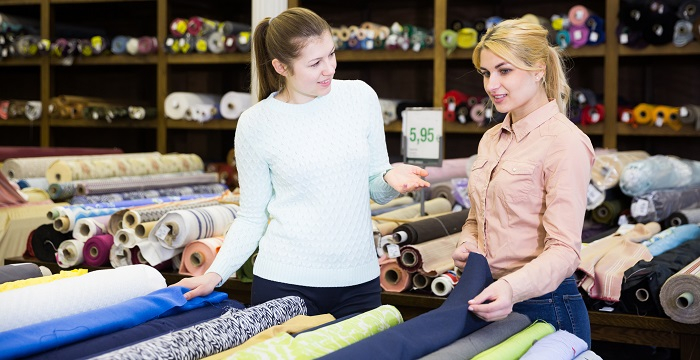
 Data Structure
Data Structure Networking
Networking RDBMS
RDBMS Operating System
Operating System Java
Java MS Excel
MS Excel iOS
iOS HTML
HTML CSS
CSS Android
Android Python
Python C Programming
C Programming C++
C++ C#
C# MongoDB
MongoDB MySQL
MySQL Javascript
Javascript PHP
PHP
- Selected Reading
- UPSC IAS Exams Notes
- Developer's Best Practices
- Questions and Answers
- Effective Resume Writing
- HR Interview Questions
- Computer Glossary
- Who is Who
Difference Between Real and Implied Textures
A surface's perceived quality is its texture. Also the exterior of objects. There are two types of textures in art: implied and real. A real texture is anything that you can feel with your hand and determine to be rough, bumpy, sharp, or smooth. By generating marks or images that capture this feeling, an implied texture aims to simulate the illusion of it. One can verify this by running their hand over the paper on which the drawing was made. In reality, the drawing of a rough or sharp surface is always smooth.

The texture in works of art that cannot be perceived through touch but whose likeness is instead produced through the skillful use of artistic tools and materials is referred to as "visual" or "implied" texture. It is associated with flat surfaces and is best exemplified in painting, while some sculptures can also give the appearance of having many textures. Drawings can also give the appearance of another material's texture, but this effect is never fully realised without the addition of colour. In contrast to visual texture, tactile or real texture can only be perceived by touch. The use of materials like marble, brass, bronze, steel, plaster, and many others is one of the core aspects of three-dimensional art. In the words of Pablo Picasso, "Art is the lie that tells the truth!"
Real Texture
The actual texture of a form is its real texture. In order to add aesthetic appeal, painters typically create genuine textures in their works of art. Using glazing techniques, a pottery piece can be given a smooth texture or a rough texture to portray its natural character. A work of art can be significantly improved by adding real or actual texture. Numerous tactile techniques, such as constructing, tearing, cutting, and layering materials, can be used to produce a real, palpable texture.
Implied Texture
The term "implied texture" describes an object's surface characteristics. It is possible to simulate, invent, or create an implied or visual texture that mimics the texture of another object. The tactile quality of an object's surfaces, or how it feels to the touch, is referred to as "texture." Instead of trying to replicate a particular object, suggested texture aims to create emotional or physical depth. Abstract implied texture is frequently intended to be ornamental rather than touchable. A depiction of plants that conveys the texture of the plants is an example of inferred texture in two-dimensional art.
Difference Between Real and Implied Texture
The given table illustrates the major differences between real and implied texture
| Real Textures | Implied texture |
|---|---|
| Real textures include things like sandpaper, wet glass, and animal fur that you can genuinely feel with your hands. | It has a feeling of real texture, but it is a product of painting or sketching. |
| It is tangible and can be felt. | It is not tangible and can't be felt. |
| A collage can also be made to produce it by an artist. | It can be made by using different sketching techniques. |
| It is not an illusion but reality. It is real piece of work. | Visual texture is an artist's creation of the texture illusion. |
| It had actual bumps on the surface of product. | It does not contains any real bumps or texture on the surface of product. |
| It is the role model for implied texture. | It is the representation of real texture. |
| They are three dimension objects. | They are two dimensional objects. |
Conclusion
When an artwork has verifiable bumps and texture, it has "real texture." Artwork that mimics and appears to have texture but does not actually have it is said to have implied texture. Texture is also used in fields other than painting and the visual arts, such as fashion and photography. For fashion and style, texture is an "important building block." Even when the image goes toward abstraction, texture might imply the representation of genuine objects. Texture can be used to distinguish the items that artists paint, which are frequently representations of real-world objects.

